How To survive in the wild?
How To survive in the wild? Wild survival skills can help us survive to the greatest extent in the wild, and are also a necessary skill for campers. Here is some simple common sense of wilderness survival.
Wild survival skills
- Determine the direction
- Traverse complex terrain
- Forage
Determine the direction
Using the sun to determine orientation is very simple
You can use a pole (straight pole) to make it perpendicular to the ground, and place a stone at the vertex A of the shadow of the pole; after about 10 minutes, when the vertex of the shadow of the pole moves to B, put another stone. Connect the two points A and B into a straight line, and the straight line points in the east-west direction. The direction perpendicular to the line connecting AB is the north-south direction. If it is in the northern hemisphere, the end facing the sun is south, and vice versa.
Use the analog watch to determine the direction of the sun. The method is: to place the watch horizontally and halve the time indicated by the hour hand (24-hour system) towards the sun, and the direction indicated by the scale at midnight on the dial is roughly north. If the time is 16 o'clock, the scale of the watch at 8 o'clock points to the sun, and the scale at midnight points to the north.
When the weather is clear at night, the North Star can be used to determine the direction. Finding the North Star begins with finding the constellation Ursa Major, a constellation of seven stars that begins like a spoon. When found, along the line connecting the two stars A and B on the side of the spoon, extending to the mouth of the spoon about 5 times the distance between the two stars A and B, a brighter star is the North Star. The direction indicated by the North Star is north. You can also use the constellation Cassiopeia opposite the Big Dipper to find the North Star. The constellation Cassiopeia consists of five stars about the same brightness as the Big Dipper, shaped like a W. In front of the middle of the W-shaped notch, about twice the width of the entire notch, you can find the North Star.
Features of using determine orientation
The use of features to determine orientation is a subsidy method. When using it, it should be used flexibly according to different situations. Standalone trees are usually leafy and smooth on the south side. The annual ring lines on tree stumps are usually sparse in the south and dense in the north. The doors and windows of rural houses and the main entrance of temples usually open to the south. Snow on buildings, mounds, ridges, and highlands usually melts faster in the south and slowly in the north. Large rocks, mounds, and trees are densely planted in the south, while moss is easy to grow in the north.
When you lose your way in the wild, don't panic, but stop immediately, always calmly recall the road you have traveled, find a way to re-orientate according to all possible signs, and then find the way. The most reliable method is to "return when lost" and return to the original place of departure.
When you lose your way in the mountains, you should first climb up and look into the distance to determine which direction you should go. Usually, you should walk in the direction of low terrain, so that it is easy to encounter water sources, and it is safest to walk along the river, which is especially important in the forest. Because roads and settlements are often built along waterfronts and rivers.
If you encounter a fork in the road, when there are too many roads and you are at a loss, you must first clarify the direction you want to go, and then choose the right road. If the directions of several roads are roughly the same and cannot be determined, you should take the middle road first, so that you can have both sides, and even if you take the wrong road, it will not deviate too far.
Traverse complex terrain
When traveling in the mountains, to avoid getting lost, save physical strength, and increase the speed of travel, we should strive to have roads that do not pass through forests and climb mountains, and roads that do not take small roads. Edges, and terrain with tall trees and sparse forests, large gaps, and low grass. It is necessary to strive to walk the beam and not the ditch and to walk vertically and not horizontally.
When you are traveling, you can take big steps instead of small steps. In this way, dozens of kilometers can be reduced by many steps. When fatigued, take a relaxing walk to rest without stopping. When climbing a rock, you should observe the rock, carefully identify the quality and weathering degree of the rock, and determine the direction and route of climbing.
Three-point fixation
The basic method of rock climbing is the "three-point fixation" method, that is, two hands and one foot or two feet and one hand are fixed, and then the remaining one foot or one hand is moved to move the body's center of gravity upward. The hands and feet should be well coordinated to avoid moving two points at the same time. It must be steady, light, and fast. Choose the most suitable distance and the most stable fulcrum according to your situation.
Climbing hills below 30 degrees can go up in a straight line. When climbing, lean forward slightly, touch the ground with all the soles of the feet, bend both knees, and the feet are in an outer "figure-eight" shape. Do not step too big or too fast. When the slope is greater than 30 degrees, a "zigzag" climbing route is generally adopted. When climbing, the legs are slightly bent, the upper body is leaned forward, the inner toes are forward, the soles of the feet are on the ground, and the outer toes are slightly turned outward.
If you accidentally slip and fall while traveling, you should immediately face the hillside, open your arms but keep your legs straight, and lift your toes to move your body up as much as possible to reduce your sliding speed. This way, you can try to find climbs and supports while gliding. Never sit facing out, as that will not only slide faster but also make it easier to roll on steeper slopes.
Rivers are often obstacles in mountainous and plain areas. When encountering a river, do not enter the water hastily, but carefully observe the location and method of crossing the river. Mountain rivers often have fast currents, low water temperatures, and rough riverbeds. When wading, to maintain the balance of the body, you should use a pole to support the upstream direction of the water, or hold a stone weighing 15 to 20 kilograms in your hand. When wading in groups, three or four people can be in a row, hugging each other's shoulders, and the strongest body is located upstream.
Forage
- hunting wild animals
- collecting wild plants
There are two main ways to survive in the wild to obtain food. One is hunting wild animals and the other is collecting wild plants.
Hunting wild animals
To hunt wild animals, you must first know the habitats of the animals and master the rules of life of the animals, and then use methods such as pressing, trapping, trapping, and shooting to hunt. This requires a long period of training and practice under the guidance of experts to truly master. The following is a brief introduction to the types and edible methods of edible insects and edible wild plants.
The insects people eat in the world include snails, earthworms, ants, cicadas, crickets, butterflies, locusts, grasshoppers, lake flies, spiders, mantises, etc. Although people are not used to eating insects, and even feel disgusted, in the last resort, to maintain their lives, maintain their combat effectiveness, and then complete their tasks, they should take a chance. However, it should be noted that in fact, it should be cooked or roasted thoroughly to prevent the parasites in the insects from entering the human body, resulting in poisoning or illness.
Common edible insects are locusts; dipped in soy sauce and roasted, boiled, or fried; mantis: roasted or fried after dewing, or boiled; dragonfly: edible after dry frying: cicada: raw or dry larvae are also edible; centipedes: dry-fried, but tastes bad; longhorn beetles: larvae can be eaten raw or roasted; ants: fried food, delicious; spiders: roasted food except for feet; termites: can be eaten raw or fried; pine caterpillars: Grilled.
Collecting wild plants
Edible wild plants include edible wild fruits, wild vegetables, algae, lichens, mushroom ferns, etc. The identification of edible wild plants is a staple of bottom-up knowledge in the field. Wild vegetables can be eaten raw, stir-fried, boiled, or dipped.
However, ordinary people need to go through a certain period of training under the guidance of experts to master this knowledge. Here is a simple method to identify poisonous and non-toxic wild plants for use in emergencies. Usually, a small slit is cut in the collected plants, a pinch of salt is put in, and then a careful observation is made to see if the original color has changed. Usually, the plants that have changed color are not edible.



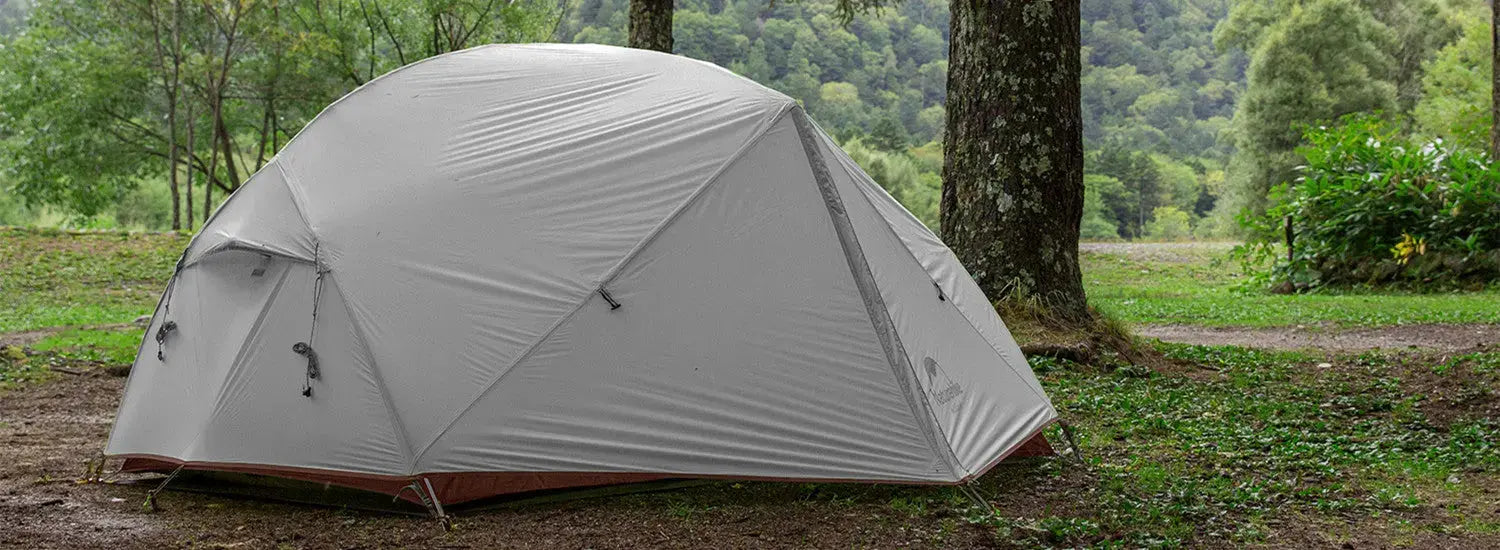
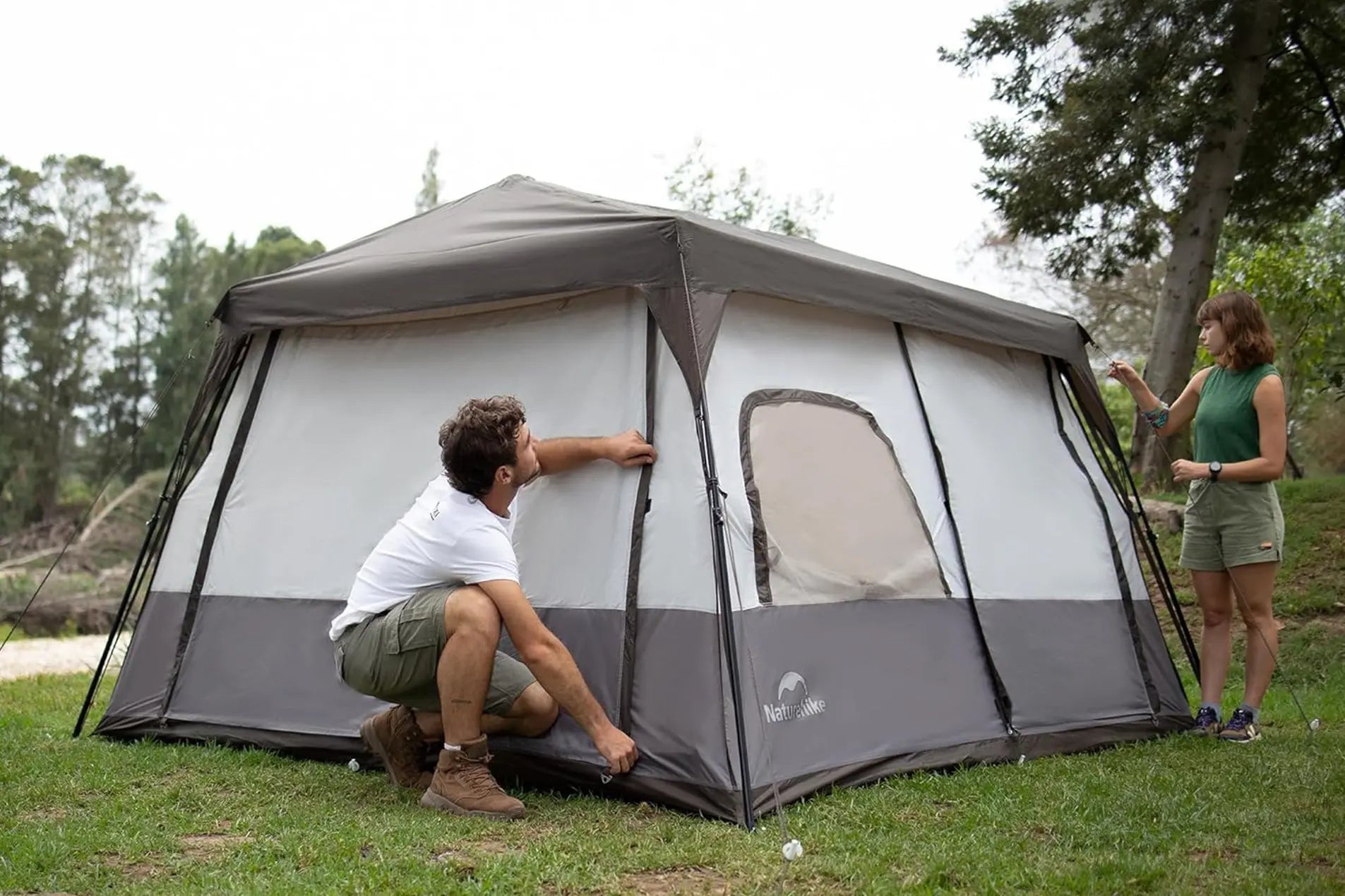
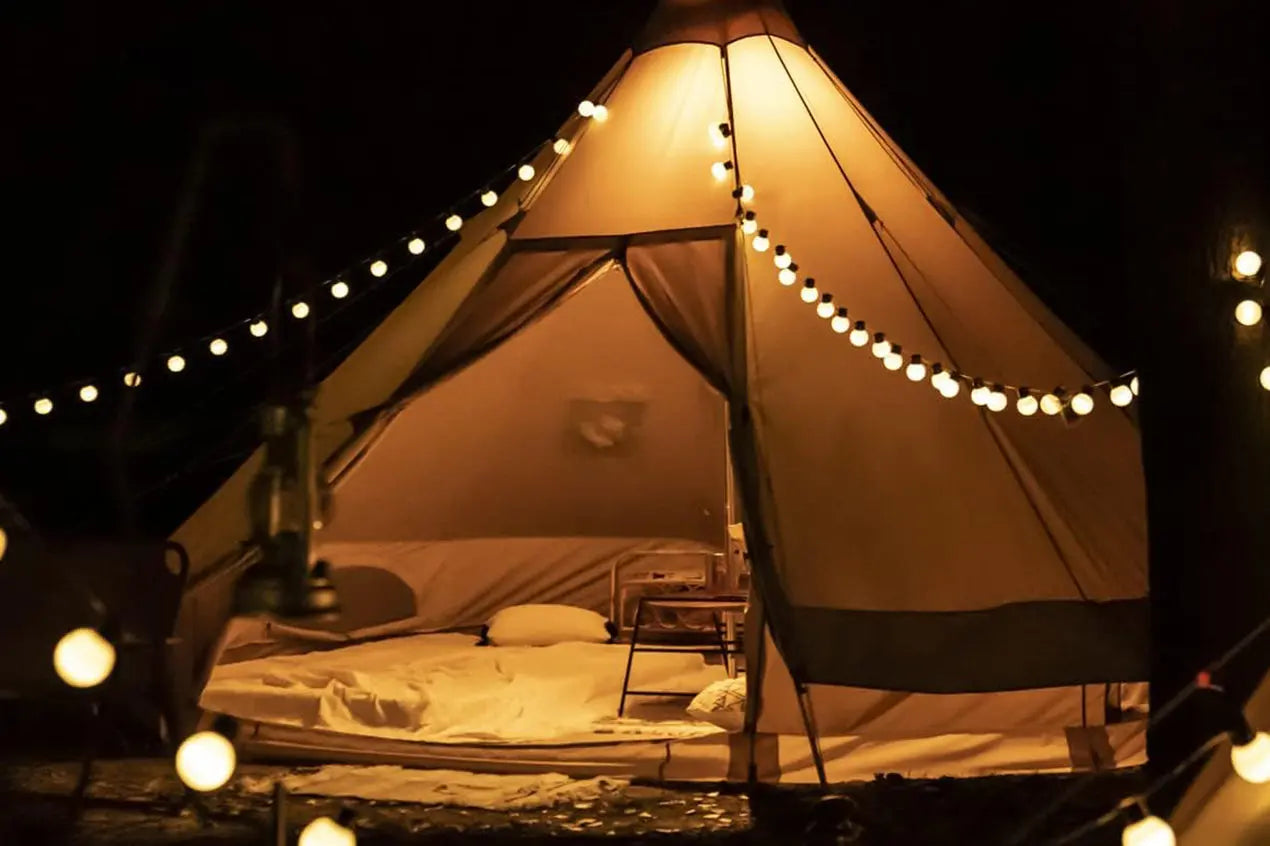
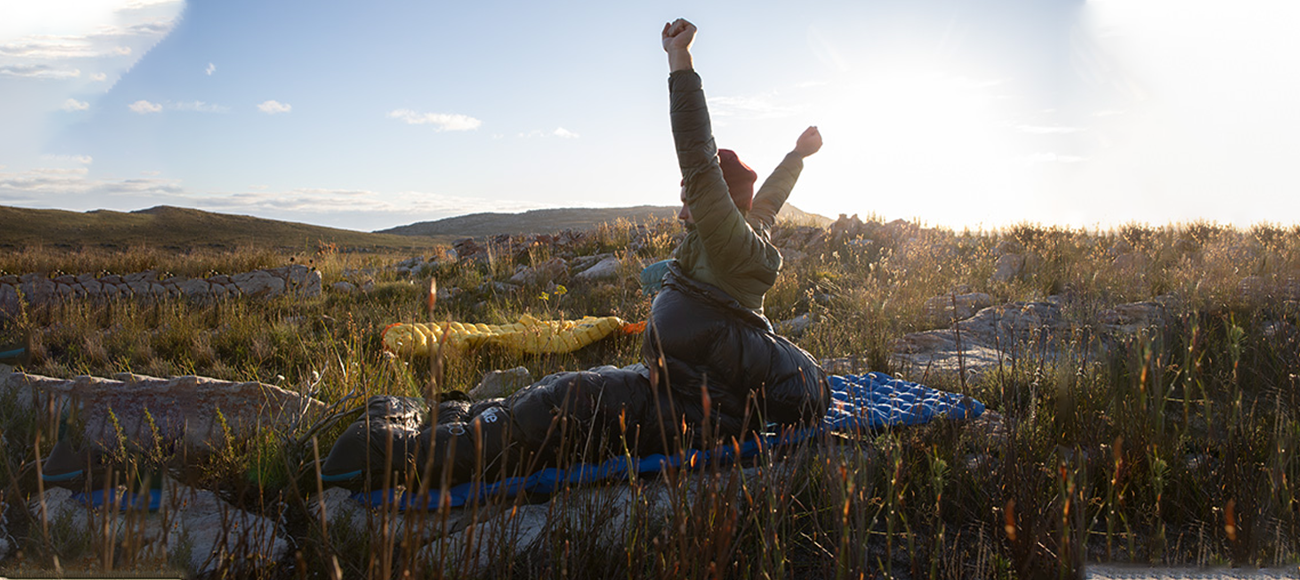

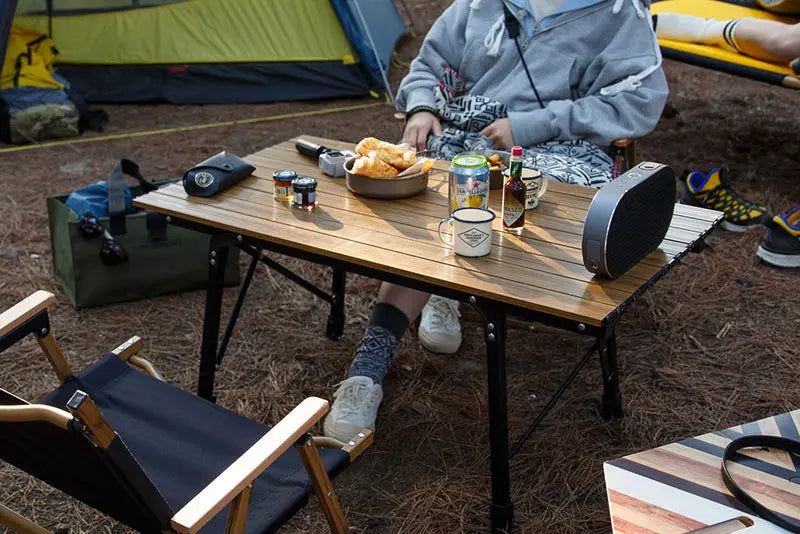

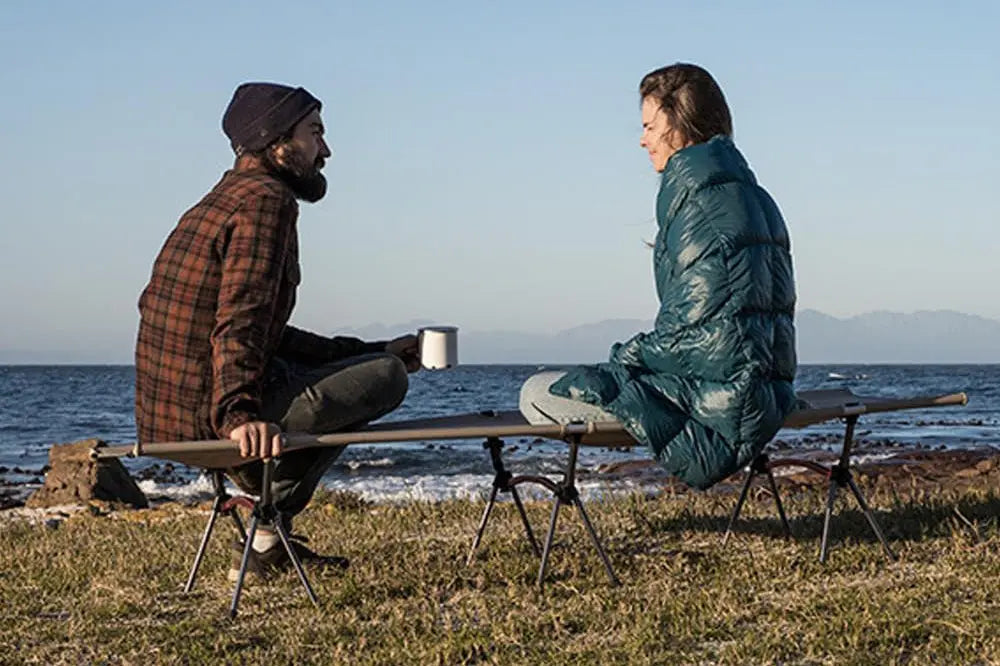
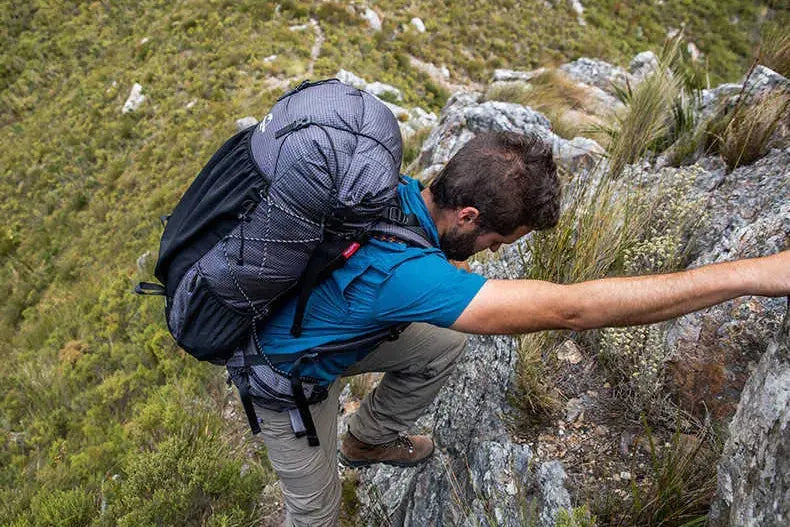


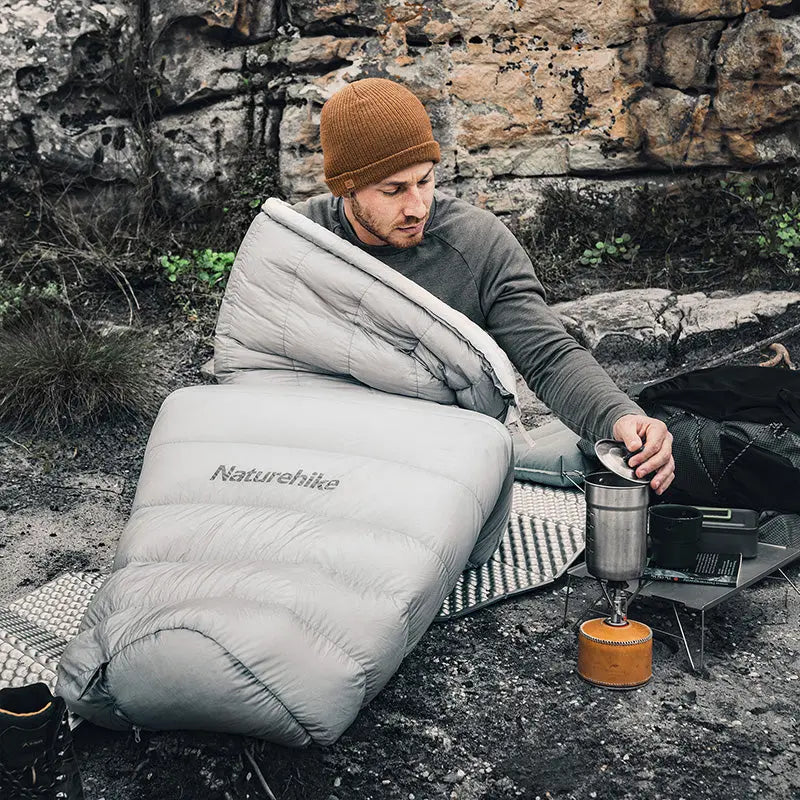

Leave a comment